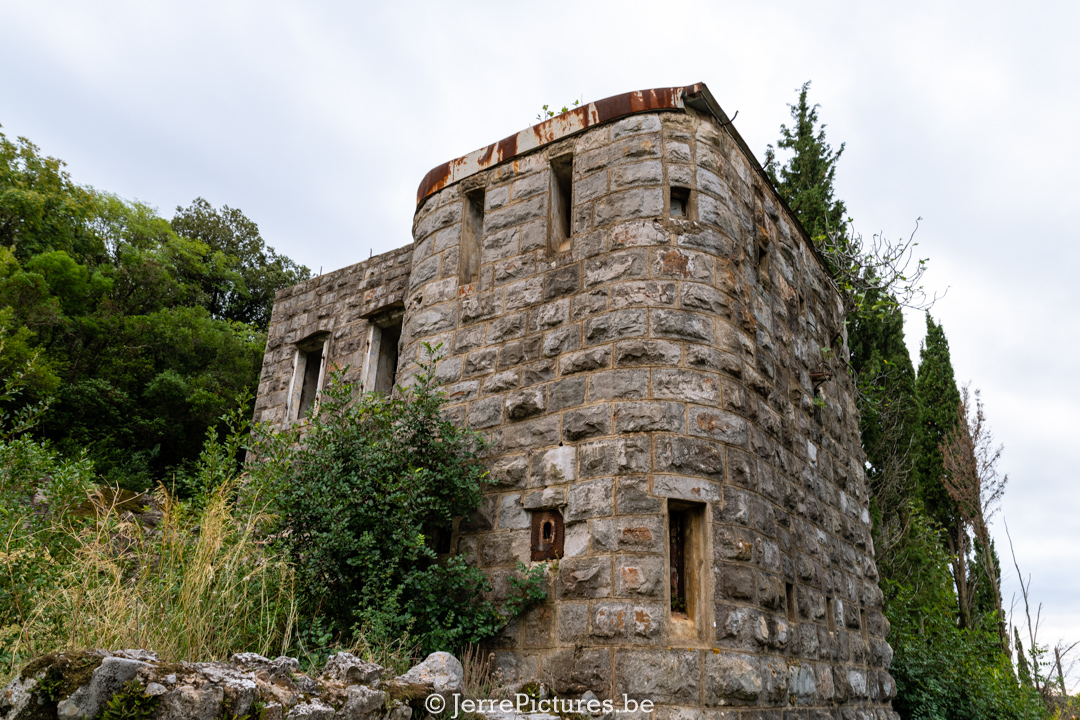Dobrec Beach
The Austro-Hungarian submarine fleet was established in the decade leading up to World War I, built in various designs, many of them under license from Germany. These submarines carried out operations during the war against Italian, French, and British ships in the Mediterranean Sea and had some success, but unfortunately, eight out of the twenty-eight serviceable submarines were lost. The Austro-Hungarian submarine fleet was reinforced by the Pola Flotilla of the German Imperial Navy, mainly consisting of coastal submarines transported by rail from northern shipyards in Germany to Austrian ports on the Adriatic Sea.
After the end of the war in 1918, all Austrian submarines were handed over to the Entente powers, who individually transported them away. Since then, no Austrian or Hungarian submarines (or other naval vessels) have been commissioned because Austria and Hungary were completely cut off from the sea after the war.
Some sources refer to Austro-Hungarian submarines using Roman numerals as a way to distinguish them from German submarines with similar numbers, but the Austro-Hungarian navy itself used Arabic numerals. There are gaps in the numbering for various reasons. A series of Austro-Hungarian submarines under construction in Germany were sold and commissioned by the German Imperial Navy. In other cases, submarines in service with the German Imperial Navy were temporarily assigned to Austro-Hungarian numbers during their operations in the Mediterranean Sea. Superstition was a final reason for the unassigned U-13s.
Crkva Sv. Lesendro
Wachhaus Kaballa
You will find it difficult to find coordinates of the ‘Wachhaus Kaballa’ via google maps. So here they are 🙂
42°25’24.516″ N 18°32’55.884″ E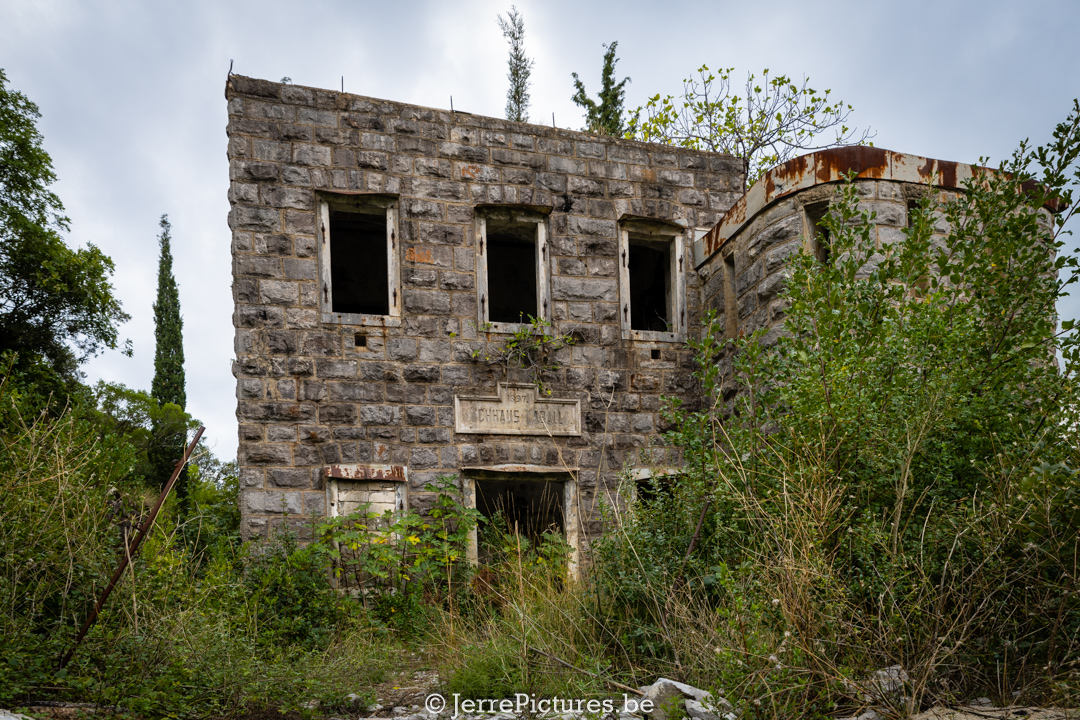
Crkva Sv. Pantelija
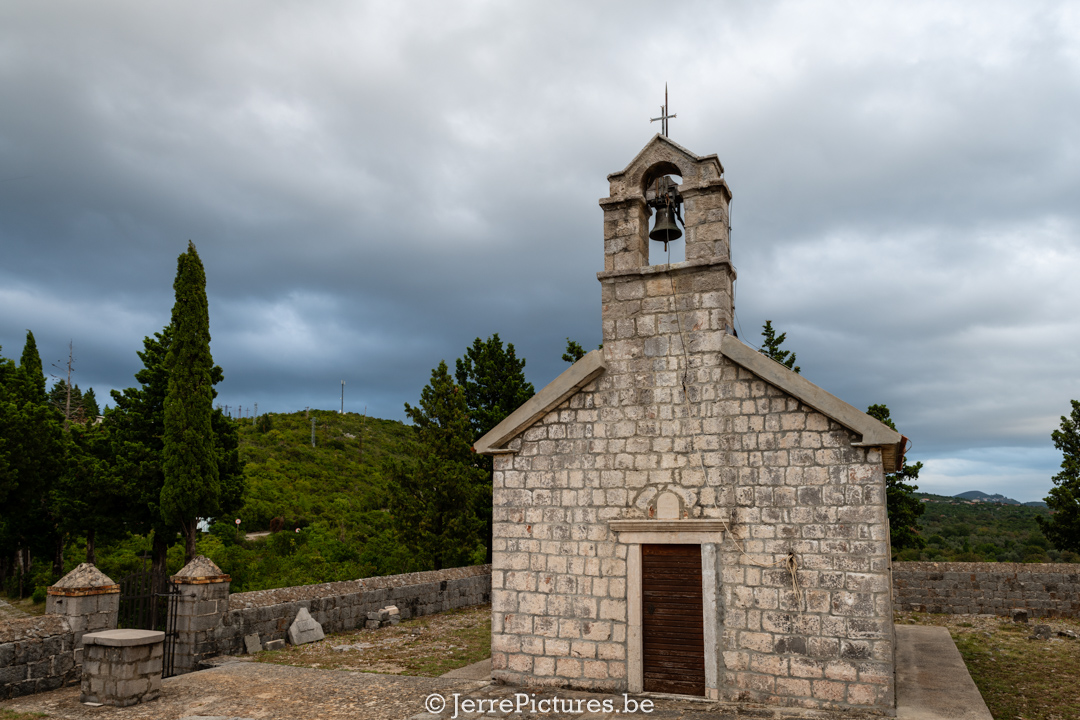
Crkva Sv. Petra i Pavla
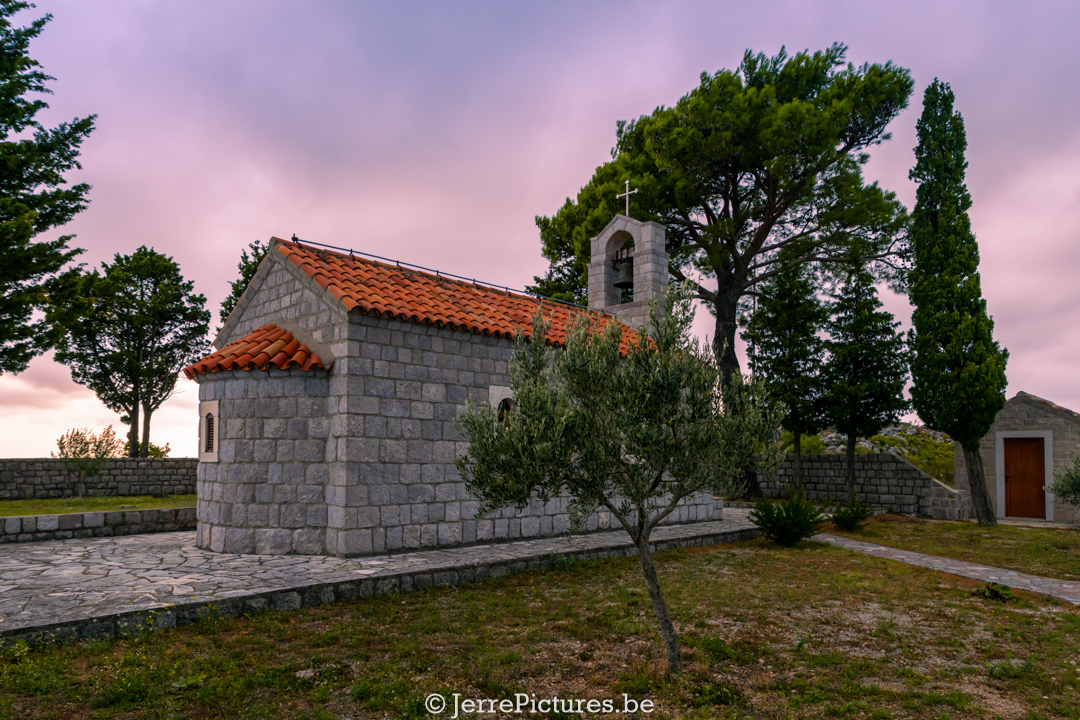
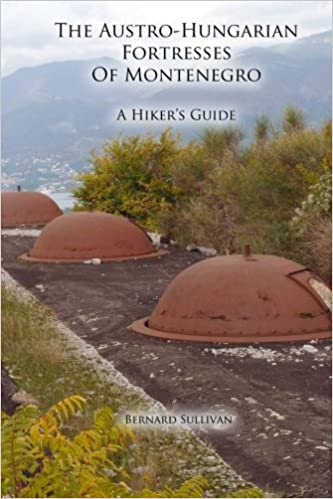
Do you want to visit more hidden gems of the Austro-Hungarian Empire?
Through this link, you can buy a book where the most iconic fortresses are included?
I am included in the amazon influencer program and when you buy with this link I earn a small penny.
This is the ultimate hiking book for the Bay of Kotor, describing 12 great walks and 1 boat trip to visit 17 iconic fortresses. With 240 images and GPS waypoints, this is the essential fortress-visiting companion, and also a fascinating source of information for Geocaching enthusiasts. Close to the Bay of Kotor, Montenegro’s favorite tourist area, hidden and almost unknown among the surrounding mountains and hills, lie a large number of wonderful old fortresses, relics from the last decades of the Austro-Hungarian Empire, built to defend their huge military harbor and protect the southernmost outpost of the empire. Ravaged by the earthquake, lightning strikes, the impact of extremely heavy rainfall, and in some cases robbed of their best hand-crafted stone, they are set in the stunning scenery and connected by equally well-crafted stone pathways. Using the combined skills of the author, an experienced day hiker, and photographer, with the assistance of Volker Pachauer of Graz University in Austria, an acknowledged expert in the history of these old structures, and founding member of the Austrian Society for Fortress Research, it will enable anyone with hiking skills to discover and explore many of these hidden treasures for themselves, learning something of their history. It is hoped the book will add impetus for a possible conservation project, the creation of a museum employing local people, to celebrate the historic Austro-Hungarian fortresses of Montenegro
Click here to buy:
The Austro-Hungarian Fortresses of Montenegro: A Hiker’s Guide

NO GPX
I know this post has no GPX file , sorry for that but instead there is a book with a great hikerguide to the most awesome locations in Montenegro.
